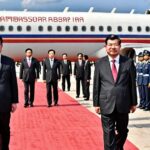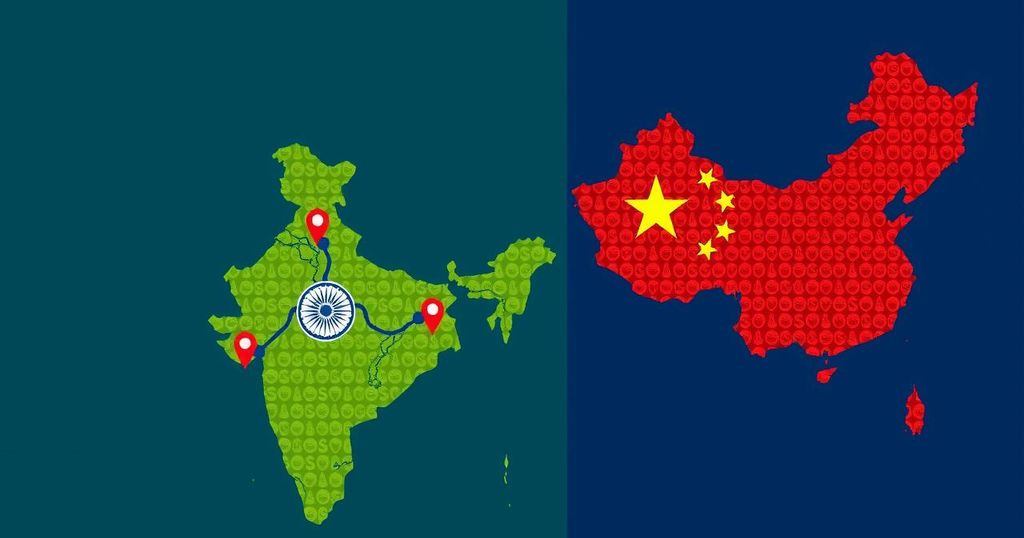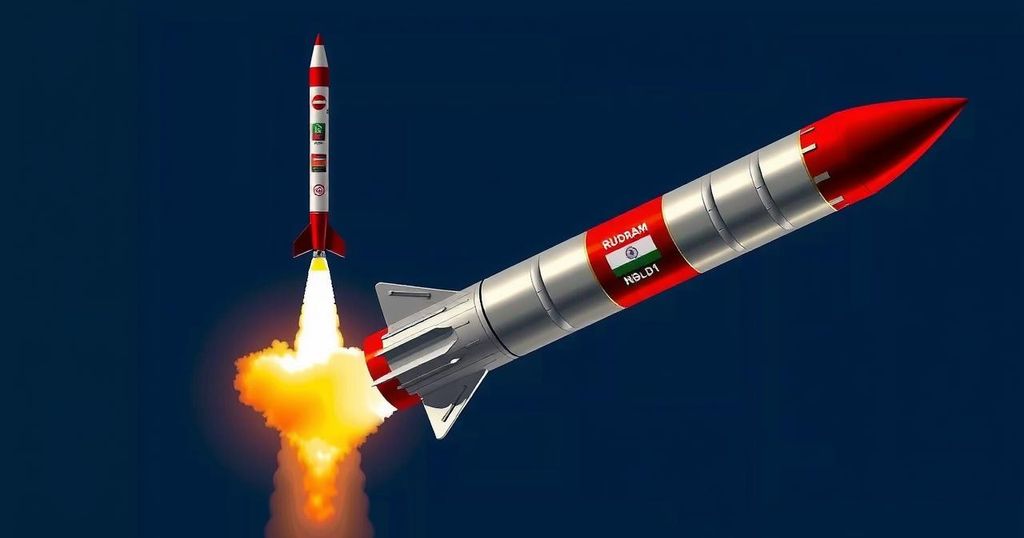China’s Growing Military Presence in Cambodia: An Evaluation of Ream Naval Base
China’s naval presence at Cambodia’s Ream base has raised concerns in Washington about its potentially expanding military influence. Although Cambodia denies plans for a permanent Chinese military base, recent developments indicate a significant Chinese footprint at the site, including A56 corvettes. This pivot towards Chinese military cooperation follows the reduction of U.S. support since 2017 and has implications for regional security in Southeast Asia.
Recent satellite observations have revealed the presence of Chinese naval vessels, specifically A56 corvettes, at Cambodia’s Ream naval base, which has raised alarms among U.S. officials regarding China’s expanding military influence. These corvettes have been docked at a new, Chinese-constructed pier that is capable of accommodating larger vessels, alongside additional facilities likely designed for Chinese military use. Despite such developments, the Cambodian government has consistently refuted claims of establishing a permanent Chinese military presence, citing constitutional restrictions against foreign military basing. A policy analyst from the Royal Academy of Cambodia, Seun Sam, underscored this stance, asserting that, “Please understand this is a Cambodian, not a Chinese base. Cambodia is very small, and our military capacities are limited. We need more training from outside friends, especially from China.” Conversely, U.S. officials express skepticism given the exclusive access Chinese warships have to the new pier, while other foreign naval vessels, like Japanese destroyers, have been redirected to alternate docking locations.
The discussions surrounding China’s military presence in Cambodia are set against the backdrop of growing concerns about China’s ambition to project military power globally. Historically, the U.S. has provided military assistance to Cambodia, which has decreased since 2017 due to domestic political shifts in Cambodia. Consequently, Cambodia has pivoted to China for military cooperation, including joint exercises. China’s singular overseas military base currently exists in Djibouti, highlighting the strategic significance of Ream naval base as a potential expansion of its military influence in the region and beyond. Observers have noted that any permanent installation might not formally violate the Cambodian constitution if framed as rotational access rather than a traditional military base. International analysts have observed that a Chinese military base at Ream could be viewed as part of a broader strategy for maritime dominance in Southeast Asia, impacting regional actors like Thailand and Vietnam.
In conclusion, the presence of Chinese naval vessels at Cambodia’s Ream naval base has fueled speculation regarding a potential permanent military installation despite the Cambodian government’s denials. As regional dynamics shift in response to Chinese investments and military expansionism, neighboring countries harbor concerns about the implications of such a strategic foothold. As it stands, the situation remains fluid, warranting close observation from global powers as the balance of military presence and strategic outreach evolves in Southeast Asia.
Original Source: www.bbc.com








Post Comment